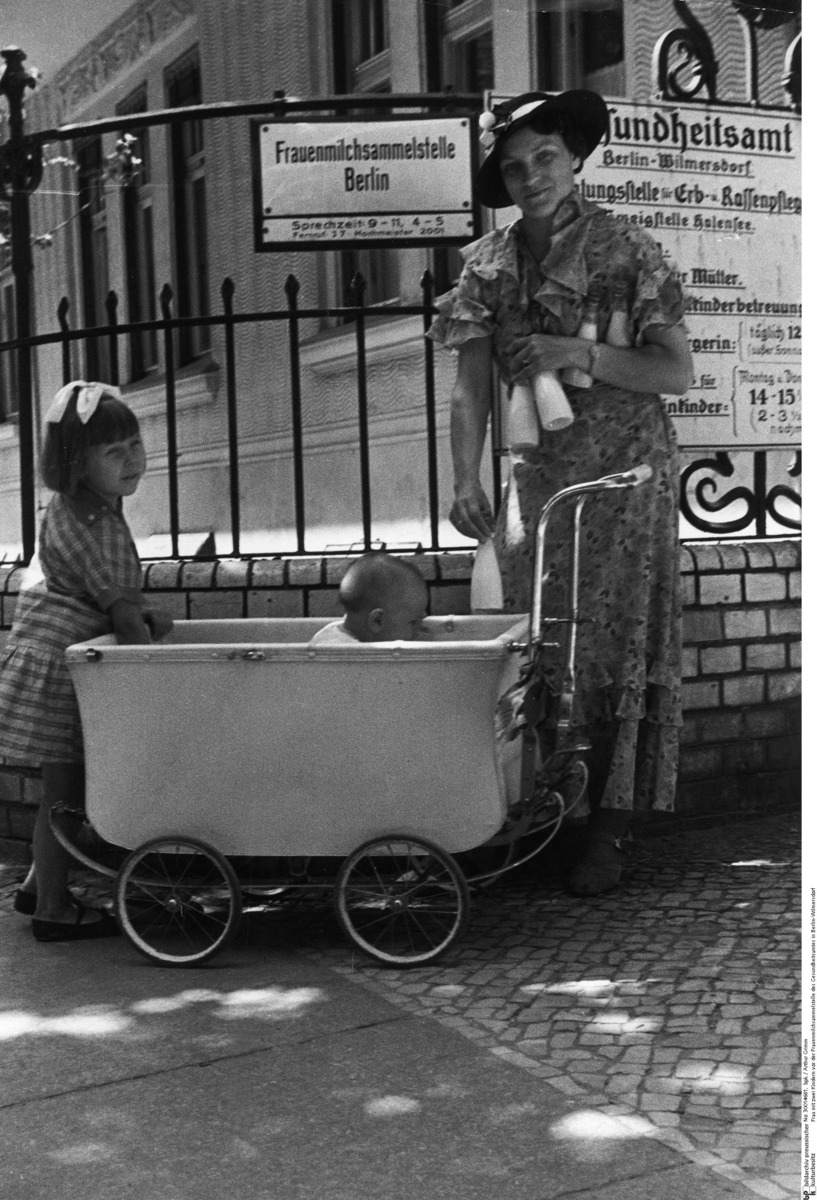Abstract
In the Nazi regime, the public health system had far-reaching power
to intrude into the private lives of individuals, and this was
particularly true in the area of family planning. Decisions about who
should procreate and how their offspring should be fed and brought up
became a matter of “national health”
[Volksgesundheit]. The “Law on the
Unification of the Health Care System” (adopted in 1935) sparked the
construction of a network of health care offices in cities and rural
areas that would become the instrument of Nazi race and population
policy in the area of public health. The primary objective guiding the
activity of the health offices was “care for heredity and race,” and
this provided the basis for decisions about forced sterilization and
marriage prohibitions, internment in concentration camps, and even
killings euphemistically described as “euthanasia” cases. For the
“capable” segments of the population—those people who were regarded as
important for Nazi population policy and were thus encouraged to
reproduce as actively as possible—government health offices offered
services ranging from medical care for pregnant women and infants to
instruction in proper housekeeping and social hygiene.
The dual nature of these health offices is illustrated by this
photograph, which features two small children with their mother, a woman
who would have counted as a productive member of society according to
the Nazi definition. The mother has come to a health-office supported
breast milk collection site in Berlin-Wilmersdorf to donate a few
bottles of her own milk to mothers who were having difficulty nursing.
Breast milk distribution was just one of the many services offered to
“desirable” members of the population. The sign behind the mother,
however, points to the other types of “services” provided by these
public health offices: it reads “Counseling Center for the Care of
Heredity and Race.”
